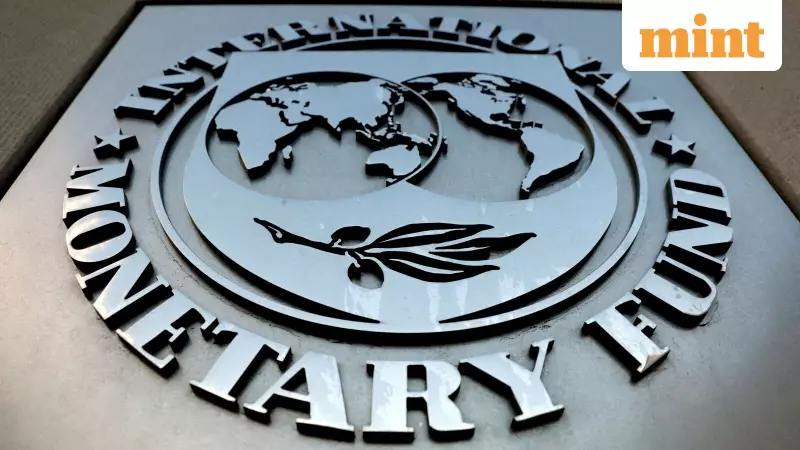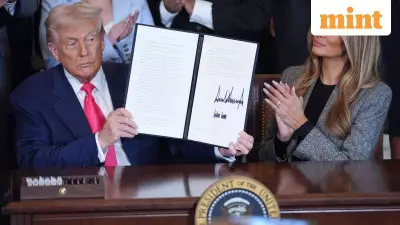
The International Monetary Fund has revealed alarming data showing that global economic uncertainty has reached unprecedented levels, with its World Uncertainty Index doubling since January 2025. Despite this challenging environment, India's economy continues to demonstrate remarkable resilience and growth potential that could serve as a model for other developing nations.
Global Uncertainty Reaches Critical Levels
The IMF's World Uncertainty Index has witnessed a dramatic surge, climbing from its January 2025 baseline to double its original value by November. This troubling trend was highlighted by IMF managing director Kristina Georgieva during the Fund's annual meetings, where she emphasized that heightened uncertainty has become the "new normal" for the global economy.
The index, which tracks economic uncertainty across 143 countries by analyzing Economist Intelligence Unit reports, shows particularly concerning trends in its subcomponents. The World Policy Uncertainty Index skyrocketed from 25,719.7 in January to 72,312.5 in October - an increase exceeding 180%. Even more startling, the World Trade Uncertainty Index exploded by over 580%, jumping from 6,678.7 to 45,519.3 during the same nine-month period.
Silver Linings Amid Economic Clouds
Despite these concerning indicators, the global economy demonstrates surprising resilience. The IMF's World Sentiment Index shows signs of renewed optimism, reflecting the economy's ability to withstand challenges better than initially feared. The October edition of the World Economic Outlook revised earlier forecasts upward, predicting global growth of 3.2% in 2025, only slightly below the 2024 rate of 3.3%.
This unexpected bounce-back is attributed to multiple factors, including US flexibility on trade deals, the decision by trade partners to maintain open trading systems, and private sector agility in navigating policy uncertainty. Emerging and developing economies have particularly strengthened their policy frameworks to achieve better economic resilience.
Capital markets reflect this upbeat sentiment, with the S&P 500 index maintaining an uninterrupted upward trajectory since April 2025. The resulting "wealth effect" from rising stock values has created a positive cycle of consumption and investment, though concerns remain about a potential "AI bubble" in the US market.
India's Promising Position and Policy Recommendations
The current global situation holds special significance for India, which has weathered multiple external challenges including the COVID-19 pandemic, Russia-Ukraine war, and trade uncertainty stemming from US tariff actions. Despite these headwinds, India's economy continues to show encouraging growth impulses, though expansion has been slower than desired.
Recent fiscal measures like the GST reset are expected to provide additional momentum to economic growth engines. However, analysts suggest that current supply-side policies - including corporate tax reductions, lowered inflation and interest rates, and manufacturing incentives - have shown limited effectiveness in accelerating growth.
With the limitations of supply-side economics becoming apparent, experts recommend shifting focus toward demand-side policies. This would involve increased investment in health and education, stimulation of employment opportunities, and addressing the stagnation in real wage rates. Such measures could help anchor growth impulses and provide the durability needed for long-term economic expansion beyond immediate recovery phases.
The contrasting picture of global uncertainty and India's resilient growth presents both challenges and opportunities. While the world navigates prolonged trade policy turmoil, India's experience suggests that strategic policy shifts toward demand stimulation could unlock sustainable economic progress even in uncertain times.





